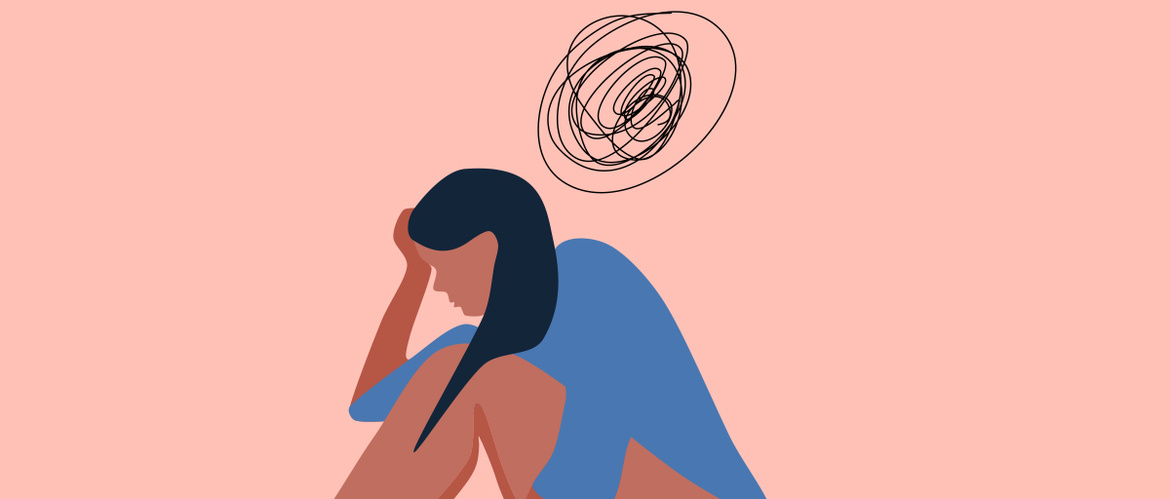
Choose a channel
Check out the different Progress in Mind content channels.

Progress in Mind

Treatment options for cluster headache have remained static for years. At EHF 2020, a scientific session was devoted to emerging treatments and monitoring methods based on the latest research.
Cluster headache (CH) is characterized by severe unilateral pain with associated autonomic symptoms or restlessness. There are episodic (ECH) and chronic (CCH) forms, and attack frequency varies from every other day to 8 per day, lasting between 15 minutes and 3 hours.
The treatment and management of CH has been mostly unchanged for a long time. This session included many possible sources of new treatments and techniques for patient monitoring.
The importance of phases
Dr Giorgio Lambru of Guy’s and St Thomas’ Hospital, London, UK, started with an overview of CH, which can be thought of as a polyphasic disorder. The ictal phase is the most painful, but 65% of patients have pre-ictal symptoms, and 27% to 39% have post-ictal symptoms.1
Studying the pre-ictal phase could help preventive treatment
Pre-ictal symptoms occur 10 to 20 minutes before an attack, and include autonomic symptoms and pain. Studies of this phase could help develop preventive treatments and improve patient outcomes.1
Rhythm of attacks
An interesting feature of CH is chronorisk – the increased risk of an attack at certain times. Chronorisk varies between patients and with disease progression,2 and may be an important aspect in the personalization of treatment. It can be affected by, for example, caffeine, sleep patterns, and medication.
ECH shows strong circadian rhythm, with attacks occurring more often at night. In contrast, CCH has higher overall daytime chronorisk, but the risk oscillates many times a day.3
Cluster headache attack risk changes daily and seasonally
The incidence of CH increases as the seasons change from winter to spring to summer. Increased daylight may cause an imbalance in the suprachiasmatic nucleus (SCN) of the hypothalamus and trigger attacks. The retinohypothalamic tract includes glutamatergic and pituitary adenylate-cyclase-activating polypeptide (PACAP)-containing fibers, which are both potential future treatment targets.4
A human model of cluster headache
Dr Luise Vollesen of the Danish Headache Center, Copenhagen, presented an assessment of the ability of administered calcitonin gene-related peptide (CGRP) to provoke a CH attack. To investigate, the group took a randomized, double-blind, placebo-controlled approach in patients with ECH (active or in remission) or CCH.
CGRP induced attacks in most patients with active ECH but none with ECH in remission. Half of the patients with CCH responded to CGRP, which correlated with a higher frequency of attacks in the month prior to the study.
Provoked attacks could help evaluate new treatments
These results suggest there is an active central element to whether an attack can be provoked, and that CGRP may have a different role in ECH versus CCH. PACAP38 and vasoactive intestinal peptide (VIP) also provoked attacks in the same patient groups, but to a lesser extent.
This human experimental model of CH could be used in the future to help search for novel treatment options under well-controlled circumstances.
Non-invasive monitoring
Preliminary data showed how two new non-invasive monitoring methods could improve patient monitoring.
CGRP levels were 159-fold higher in tear fluid than peripheral blood
CGRP is normally measured in peripheral blood, but it is not clear whether this method is reliable. Eyes are innervated by the first branch (V1) of the trigeminal nerve, leading Katharina Kamm of the University Hospital of Munich, Germany, to investigate CGRP measurement in tear fluid.
As proof-of-concept, the group showed increased CGRP in interictal migraine patients compared with healthy controls.5 In a follow-up study in CH patients, CGRP was significantly higher in tear fluid only in patients who had not taken acute medication in the prior 48 hours. Levels of CGRP were 159 times higher in tear fluid than peripheral blood.
Cluster side could be predicted in nearly all patients by the clinician using microvascular blood flow
Dr Anna Andreou of Guy’s and St Thomas’ Hospital, London, UK, presented laser speckle contrast imaging for measuring microvascular blood flow in the face.
Patients with in-bout ECH had increased microcirculation in ipsilateral V1-V2 trigeminal territories, and a blinded operator could predict the cluster side on 25 of these 27 patients. There were no differences for out-bout ECH or CCH. However, analysis of all patients showed a correlation between decreasing ipsilateral blood flow and time since the last attack.
Our correspondent’s highlights from the symposium are meant as a fair representation of the scientific content presented. The views and opinions expressed on this page do not necessarily reflect those of Lundbeck.
1. Snoer A, et al. Neurology 2018;91(9):e822-31
2. Lee M, et al. Cephalalgia 2020;40(3):278-87
3. Barloese M, et al. Cephalalgia 2018;38(14):2058-674
4.Hannibal J, Fahrenkrug J. Cell Tissue Res 2004;316(1):99-113
6. Kamm K et al. Cephalalgia 2019;39(12):1535-43